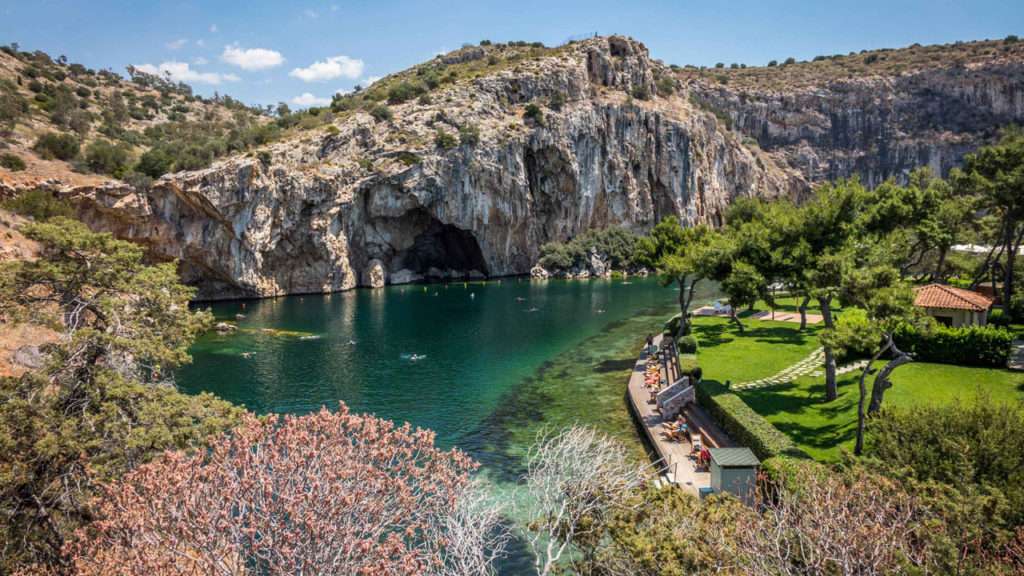Enjoy a 4-5 hours half day tour in Cape Sounio & the Temple of Poseidon, the god of the sea. Drive along the coastline of Athens, which offers a splendid view of the Saronic Gulf, and visit Cape Sounio, known for Poseidon’s imposing sanctuary, one of the most important archaeological sites of Attica! You can choose to start the tour in the afternoon to combine it with the magnificent sunset, as seen from Cape Sounio!
Once there, you will visit the 5th century BC temple of Poseidon, with one of the most breathtaking panoramic views. You can see at least seven islands on a clear day, and it is a world-famous spot at sunset! According to mythology, the king of Athens, Aegeus, killed himself by jumping off the cliff. Aegeus, was at Sounion to look out for the return of his son Theseus from Crete, saw the black sails on the ship and mistakenly thought Theseus had been killed by the Minotaur, a creature with the head of a bull and the body of a man. In fact, young Theseus was victorious but had forgotten to replace the black sails on his ship with white ones upon returning, which ultimately led to his father’s death. And so, in commemoration, Aegeus’ name was given to the Aegean Sea.
The remnants of the temple’s marble sculptures are now displayed at the National Archaeological Museum of Athens, with one column on display at the British Museum in England. British Romantic poet Lord Byron carved his name at the base of one of the remaining columns during a visit in 1810 when he was touring Europe. Depending on your time, you can extend your tour by having lunch by the seaside or enjoying your coffee at the Lake of Vouliagmeni.
Vouliagmeni Lake

The lagoon is a truly impressive scene, and it was formed about 2,000 years ago when a large cavern collapsed because of an earthquake.
The lake has unique environmental conditions: it is supplied with warm seawater (28-35 ºCelsius) via an underground channel, so its temperature never drops below 18 °C, and at the same time, a freshwater spring reduces its salinity. Because of its constant warm water temperature and its rich content in hydrogen sulfide, the lake functions as a spa since the end of the 19th century.

